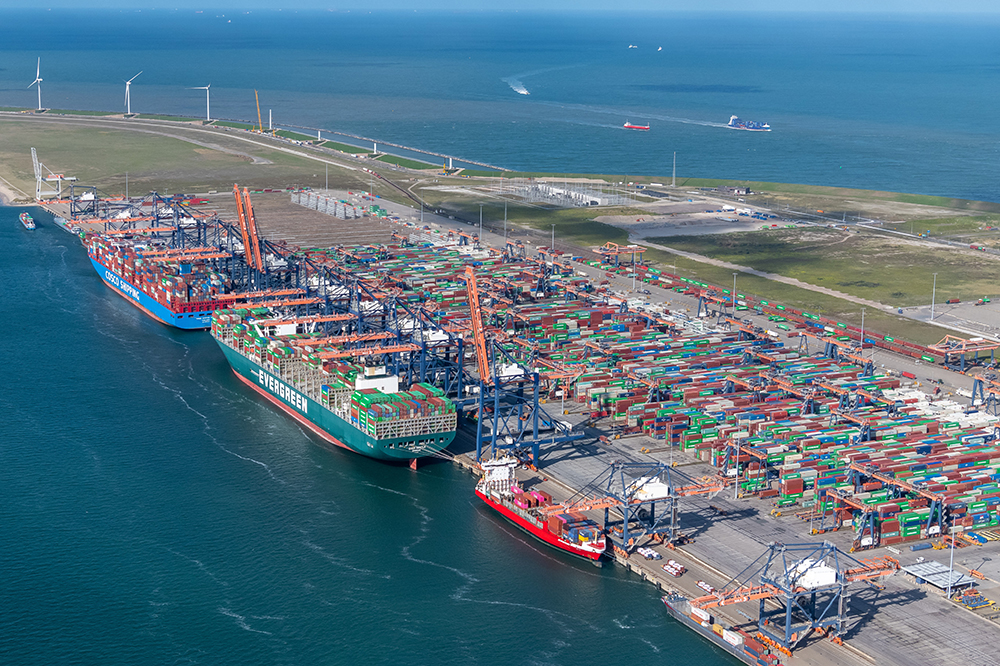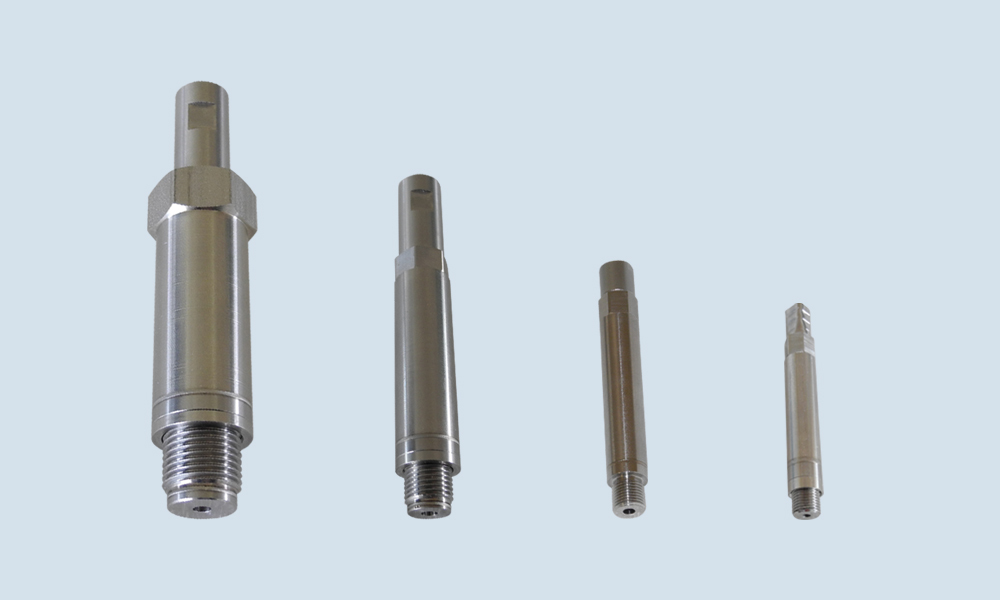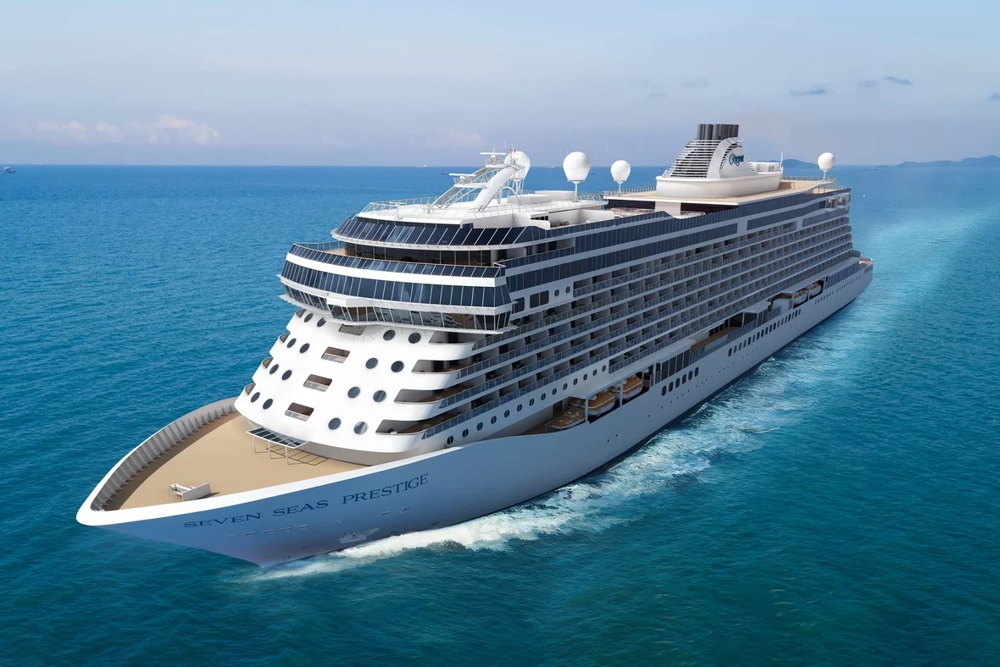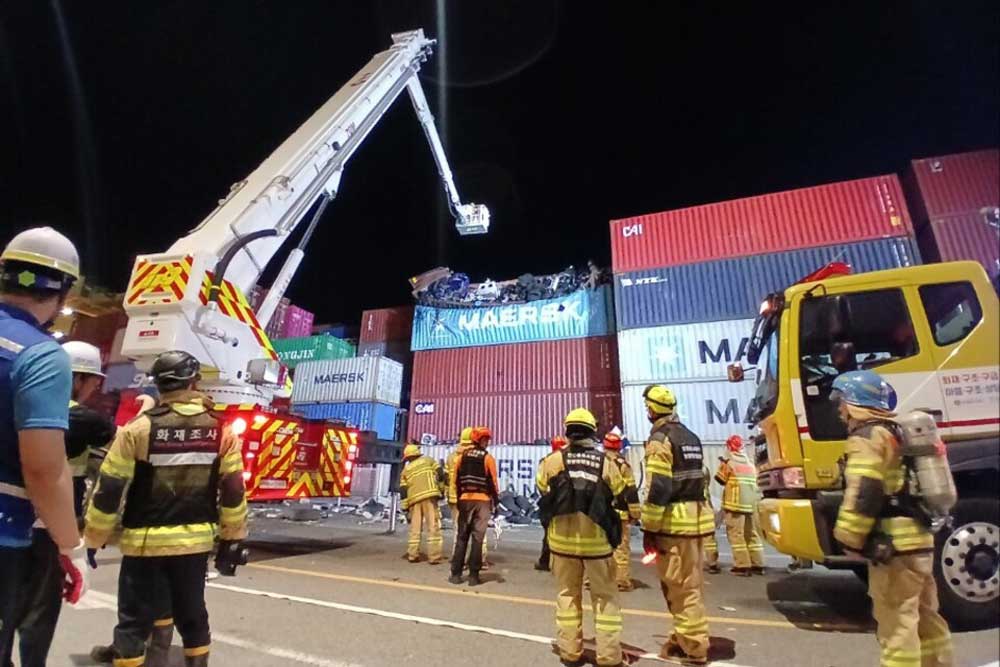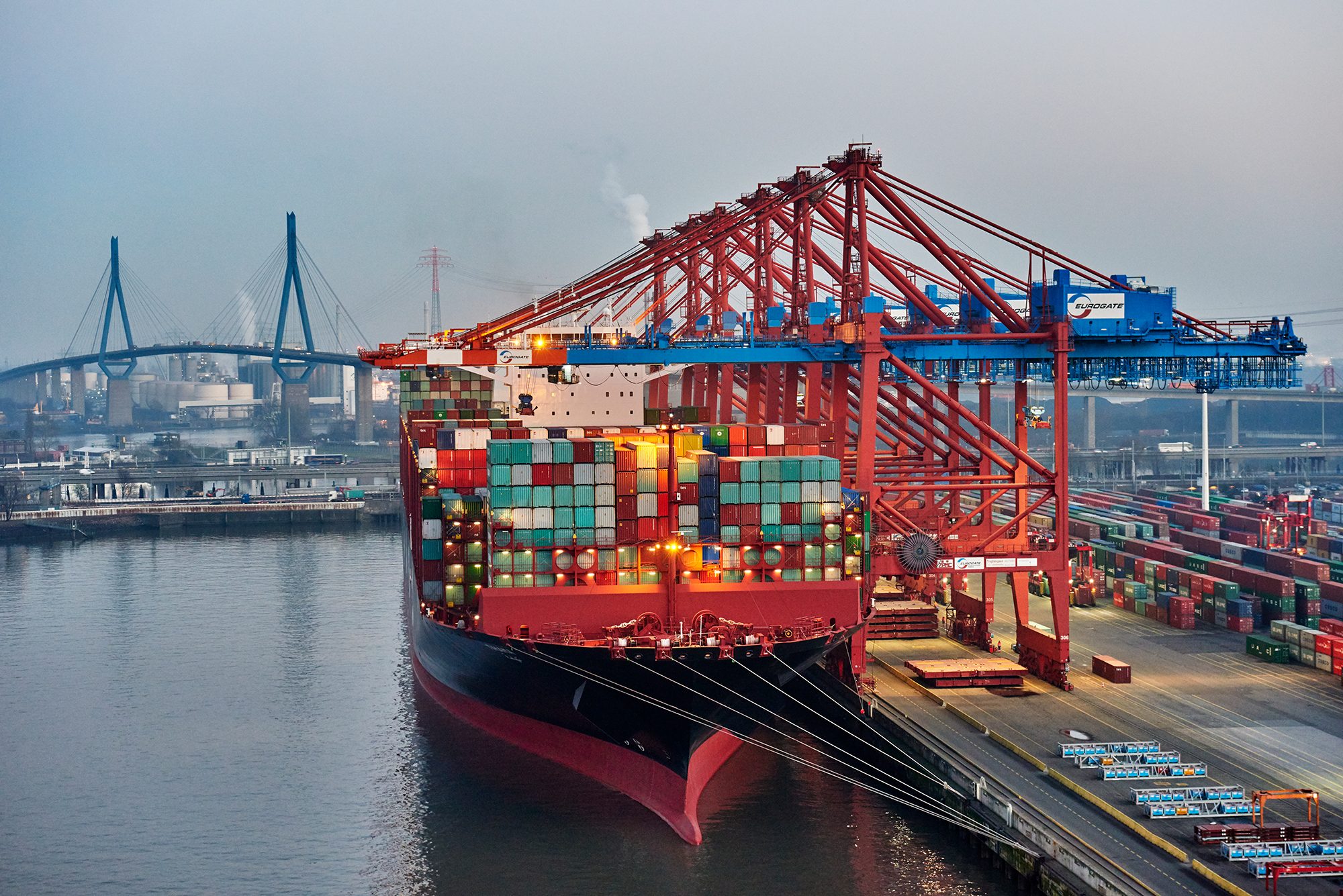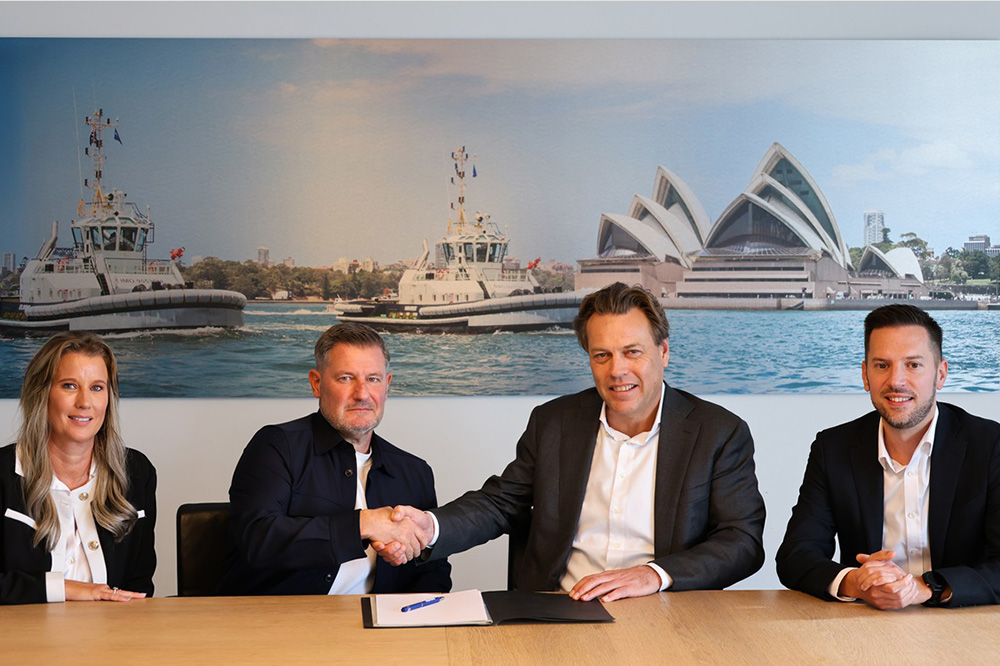Europe’s largest seaport, Rotterdam, has had a mixed first quarter. While container throughput increased, the overall result fell short of the previous year.
From January to March, 1.4% fewer tons crossed the quayside of the Dutch hub[ds_preview].
The bottom line in the balance sheet published today is 110.1 million tons for the first quarter. The port authority attributes the decline mainly to the lower throughput of coal, crude oil and petroleum products. In contrast, the handling of iron ore & scrap and LNG (liquefied natural gas) increased. Container throughput also increased by 3.3%.
The new port manager, Boudewijn Siemons, said: “The throughput figures show that imports of raw materials and exports of finished products are limited. This shows us that European industrial production is still suffering from high energy prices and low demand in the most declining sectors such as construction, manufacturing and the automotive industry.” The growth in container handling, on the other hand, shows the first signs of an upturn in global trade. “However, these tentative signs remain extremely uncertain due to increasing global tensions,” Siemons continues.
Cargo segments in Rotterdam
- Dry bulk
The throughput of dry bulk fell by 4.5% compared to the first three months of 2023. The main reason for this decline is the sharp drop in coal throughput. Due to the lower demand for energy coal for power generation in coal-fired power plants, two million tons less coal was handled than in the previous year. In contrast, the increase in German steel production also led to an increase in iron ore handling. The strong increase of 93.7% in the other dry bulk segment is distorted by the fact that there was a correction in throughput in the first quarter of 2023, according to the authority’s statement. The same applies to the 23.9% decline in the agribulk segment. “Without the correction, throughput in the agribulk segment shows a decrease of 10.9 Other dry bulk recorded a decline of 16.8%,” the press release states. Other dry bulk includes raw materials that are used in energy-intensive sectors. Production in these sectors is still low, as energy costs account for a large proportion of production costs. - Liquid bulk
Throughput of liquid bulk fell by 3.1% to 52.6 million tons. The decline is due to lower throughput of crude oil, petroleum products and other liquid bulk. Refinery margins in north-western Europe were good, resulting in good refinery capacity utilisation and crude oil supply remaining almost the same as in 2023. However, demand for crude oil products was lower this quarter than in the first quarter of 2023, when a lot was imported to replace Russian crude oil products. Throughput of LNG as a source of natural gas increased again by 3.6% to 9.1 million tons. The other liquid bulk segment recorded a decline in all sectors, from chemicals to renewable energies and plant & animal products. “The processing industry in Europe is still struggling due to high energy prices and lack of demand,” the statement said. - Containers
In the container segment, a slight increase in throughput was recorded for the first time in three years. Container throughput in tons rose by 3.3% to 32.5 million tons and in TEU by 2.0% to 3.3 million TEU. The situation in the Red Sea resulted in significantly fewer ships (24.5%) and lower volumes from Asia (-13.7%) in January and February due to delays and missed departures. The adjustment to the changed schedules initially led to the necessary adjustments in the supply chain. “The overall demand for goods is practically unaffected,” writes the Dutch company. This situation is now under control, with significantly more ships arriving in March (11.5%) and volumes from Asia recovering. The volumes on the other shipping routes are also showing a positive result. The cautious economic recovery and the reduction in inventories are contributing to this. Feeder traffic from Rotterdam to the Mediterranean ports also recorded a strong increase (29%). As ships are diverted via the Cape of Good Hope and certain ports are skipped, freight for this region is transported from Rotterdam to the Mediterranean ports via feeder ships. - Total throughput in the general cargo market segment, which primarily includes RoRo cargo, fell by 1.9% to 7.8 million tons. RoRo handling fell by 3.8% to 6.3 million tons compared to the first quarter of the previous year, as traffic volumes in the UK have not yet recovered. The other general cargo segment increased by 7.4% to 1.5 million tons.
